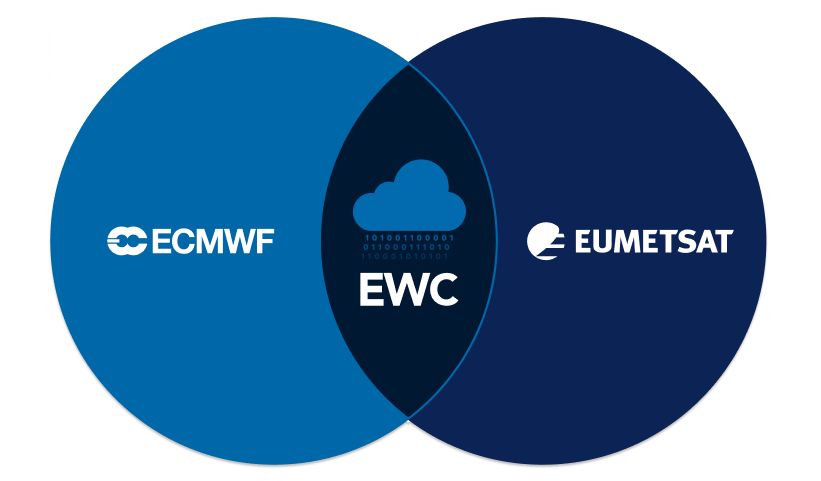Service overview
The European Weather Cloud: driving weather applications close to data.
The European Weather Cloud is the cloud-based collaboration platform for meteorological application development and operations in Europe enabling the digital transformation of the European Meteorological Infrastructure (EMI). The EMI comprises ECMWF, EUMETSAT, and the National Meteorological Services of their Member States.
The European Weather Cloud is dedicated to support the National Hydro-meteorological Services of the Member States of both ECMWF and EUMETSAT in fulfilling their official duties and related R&D activities.
As the EMI collects more detailed and frequent weather and climate observations and develops enhanced prediction capabilities and services, it is increasingly facing challenges to provide infrastructure to store, manage and process large datasets.
At the same time, technological progress offers new possibilities to enable harmonized online access to data across large data centres that have been joined together. Working on data in the cloud enables new types of capabilities including running software close to the data, rather than downloading vast amounts of data locally and needing a local infrastructure in support.
The aim is to maximise the value generated by Member State investments, rationalise the usage of data access infrastructure and related developments, and foster new forms of data-driven collaboration across the EMI and users of meteorological data.
For further information and reading it is possible to consult the following list of selected EWC publications .












